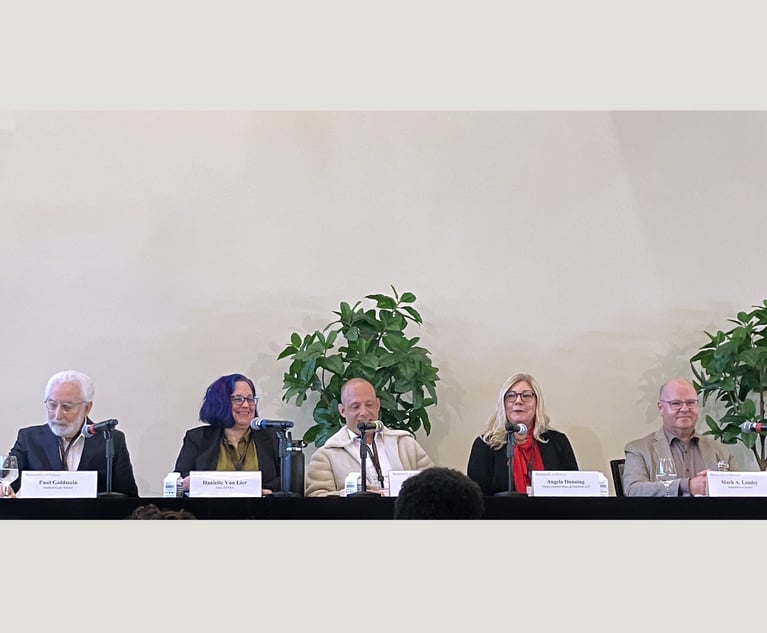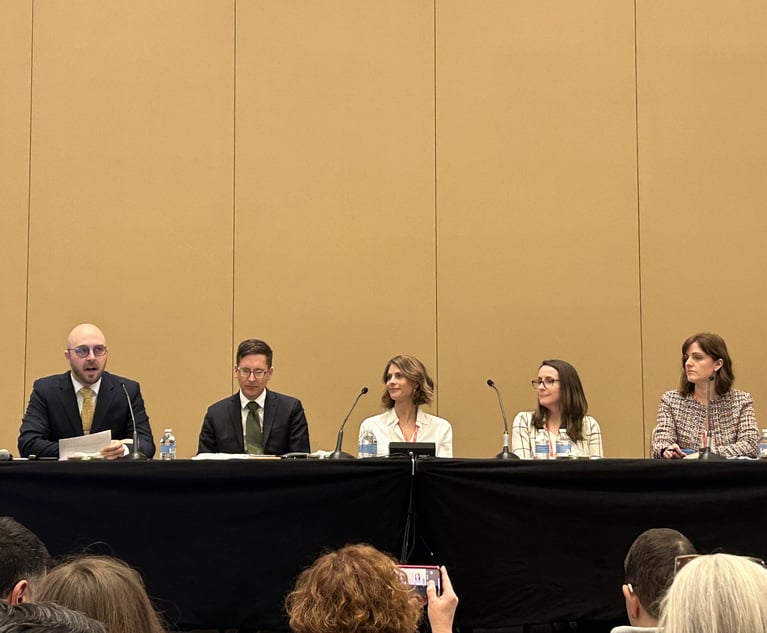Imagine a situation that is one of the C-suite’s worst nightmares: An employee in the accounting department receives an email from a high-level executive. The executive tells the employee to make a wire transfer to a specific account. The employee asks for further approvals from other executives, but the executive promptly forwards emails confirming the transfer as well, so the money is wired.
But at some point in the future, someone raises a flag. The emails the employee received weren’t from company executives. They weren’t even from anyone at the company. The employee had been tricked by a malicious actor using a common email phishing scam.











